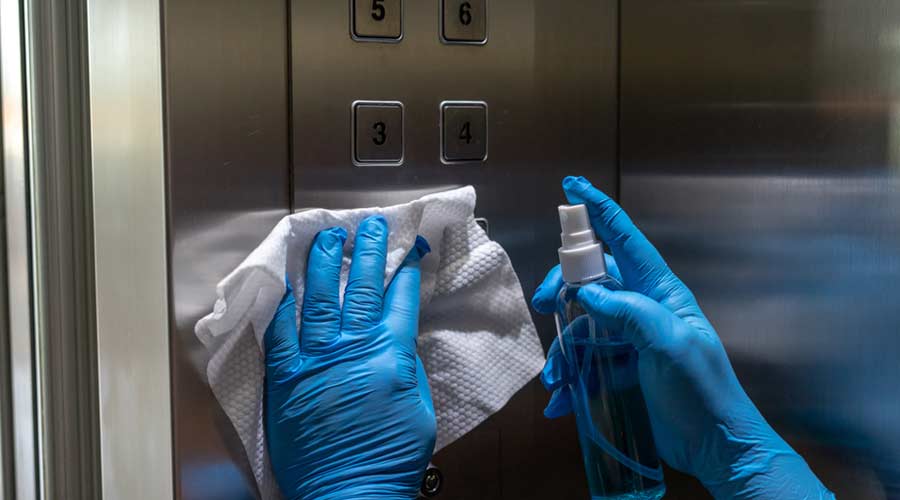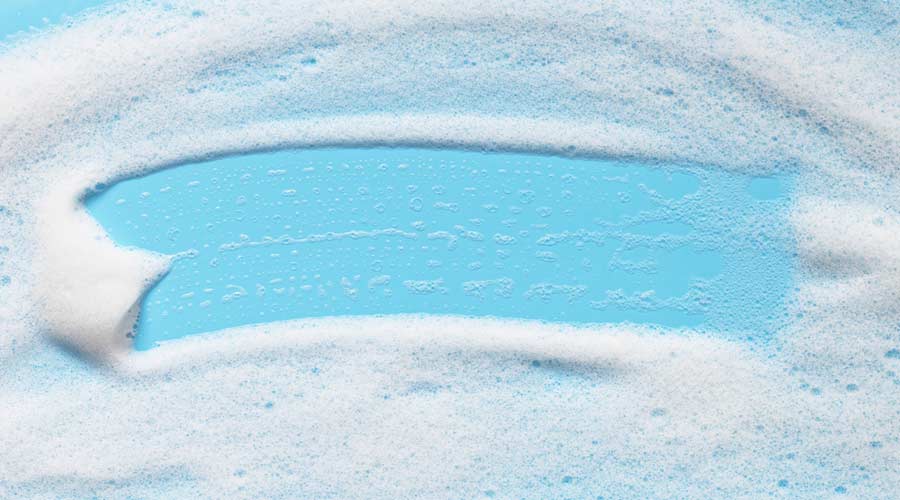To help prevent cross-contamination, end users can color-code brooms, brushes, mops, cloths and other hand tools to ensure products used to clean high-risk areas such as restrooms are not brought into other areas of the building.
The industry standard color-coding system includes red for high-risk areas such as toilets and urinals. Yellow is for low-risk restroom areas including sinks and mirrors. Blue is used for all-purpose cleaning such as dusting, window cleaning and wiping desk tops. Finally, green is traditionally for food-service areas.
Many end users devise their own color combinations to meet their specific needs and some manufacturers offer additional colors, including orange, white and black.
posted on 3/16/2011

 Celebrating BSCAI's 60th Anniversary eBook
Celebrating BSCAI's 60th Anniversary eBook The Down and Dirty on Cleaning in Virus Season
The Down and Dirty on Cleaning in Virus Season How Surfactant Use is Expanding in Commercial Cleaning
How Surfactant Use is Expanding in Commercial Cleaning